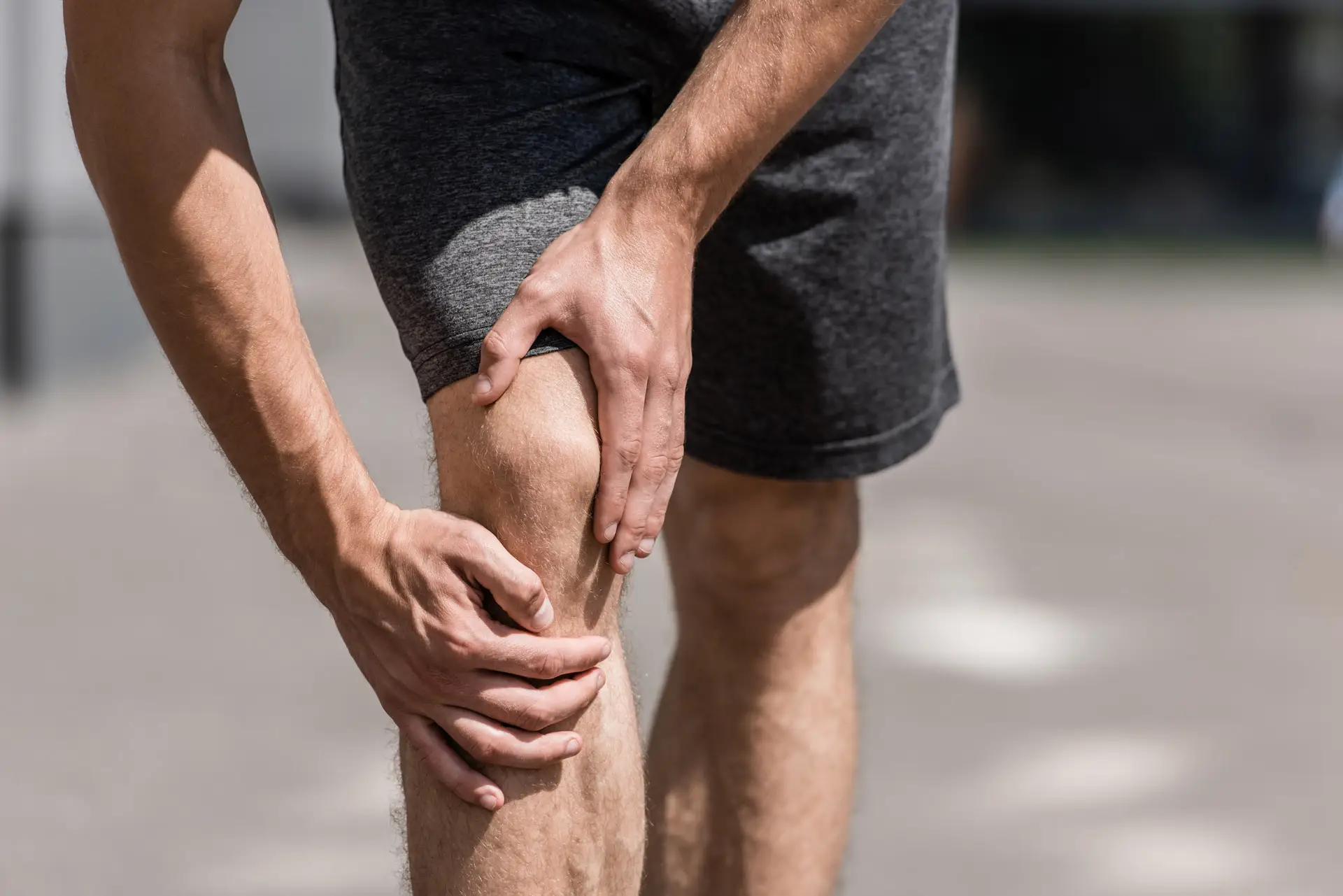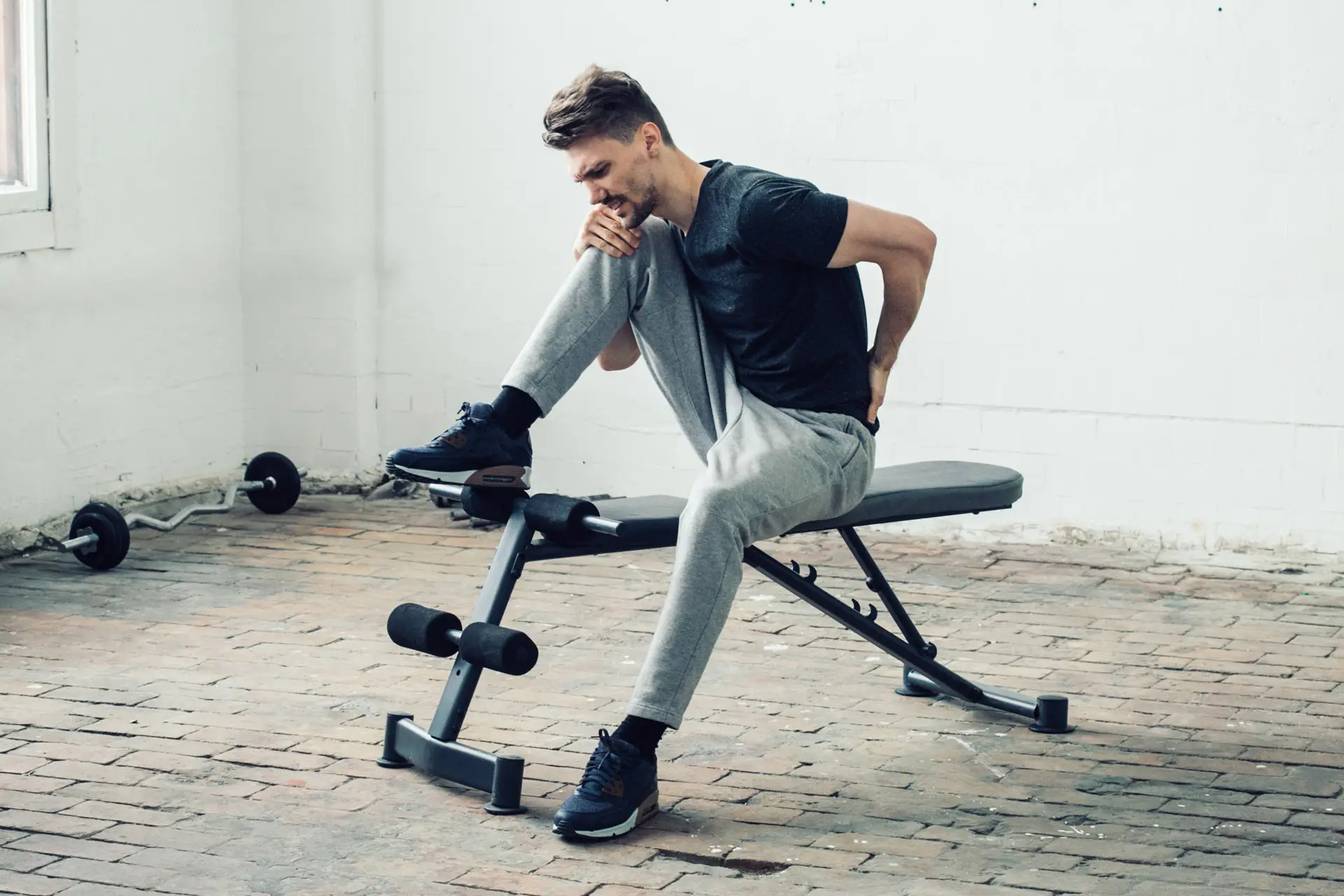Runners Knee Pain Guide
- Iliotibial band syndrome
- Patello-femoral pain syndrome (PFPS)
- Anterior knee syndrome
What are the causes and symptoms of runner’s knee?
Someone suffering with runner’s knee will often complain of aching pain around the knee area. Depending on the specific condition, the pain may be felt across varying areas of the kneecap, including the top, bottom, inside or outside.
Two of the more common areas of pain are around the bottom of the thigh bone and the knee, as well as the outside of the knee, which commonly relates to ITB syndrome.
The pain of runner’s knee is likely to be more obvious when doing anything strenuous, such as sports or exercise, but can also be felt when doing more simple things, such as kneeling down or having your knee bent for long periods of time, such as sitting in a car or train for a long journey.
Runner’s knee can be caused by several things, but most commonly these include overuse due to repeated bending and loading of the knee joint, an accident or trauma of the kneecap, or a muscular imbalance of the thigh muscles.

How to treat runner’s knee?
- You need to decrease your load, but still keep your CV fitness up – rowing and biking are great substitutes.
- You need a little first aid by controlling the amount/distance you run and importantly increase your cadence (for a while) ie take shorter steps and no over striding.
- You also need to improve the control your leg when running, and really amp up your glute control – this is key stuff
- Tape, ice and anti inflams can also help – even giving a quick squirt of steroid before the run is an option, too.
What is ITB friction syndrome?
What are the causes and symptoms of ITB friction syndrome?
- Poor gluteal control
- Overactive muscles (things like TFL)
- Restricted hip movement may preempt ITBFS.
How to treat ITB friction syndrome?
Get a foam roller and roll your ITB daily – morning, noon and night. Stick some ice on your painful bits for the next week or so for 20 minutes (no ice burns, so use a bit of oil) – may also be worth knocking back a few Ibuprofen (if you can take them). Try to increase mobility in your thoracic spine and make sure you’re sitting well at work – no slouching, screen the right height and make sure you use the back of your chair (if necessary bring your screen nearer to you).
Most importantly improve your gluteal control – this is a must! When you run, and your knee rolls in underneath you (worse uphill) you put massive amounts of excessive load throughout the outer bit of your knee – you need to control this excessive movement to stop your ITB becoming the fall guy.
Lunges, squats, dynamic split squats and ballistic hops are the way forward – functional, realistic and pain free. Use a mirror to make sure you’re not cheating and keep A1 form. This isn’t an overnighter, but you need to start doing it

Patellofemoral pain syndrome (PFPS)
What is Patellofemoral pain syndrome?
What are the causes and symptoms of Patellofemoral pain syndrome?
How to treat Patellofemoral pain syndrome
Tracking issues
What are tracking issues?
What are the causes and symptoms of tracking issues?
How to treat tracking issues?
Meniscus tears
What are meniscus tears?
What are the causes and symptoms of meniscus tears?
How to treat meniscus tears?
Spongy knee pain
What is spongy knee pain?
What are the causes and symptoms of spongy knee pain?
How to treat spongy knee pain?
Common areas of runners knee pain
Inner knee pain
Outer knee pain
Bottom knee pain
Upper knee pain
One of the more common causes of pain in the upper knee (which may actually feel like it’s above your knee) is quadricep or hamstring tendonitis. These are likely caused by over training or not getting the right form with exercise.
Symptoms can include tenderness and swelling around the area, as well as an aching pain when your leg is in motion and the kneecap is bending.
These conditions can be addressed by resting the leg with the injury, and eventually trying some light exercise and stretches.
Runners knee certainly covers a wide range of injury types, symptoms and causes. If you’re still unsure of the specific reason behind your knee pain, consider booking a session with one of our physios to get a full diagnosis and treatment plan, to get you back on the road in no time at all.
